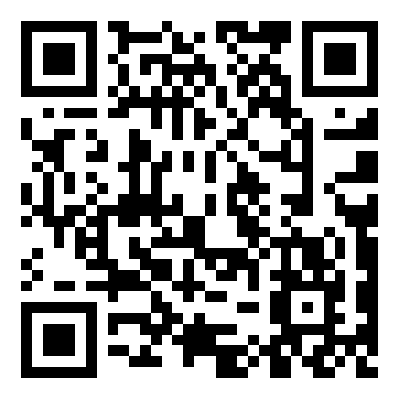Can intelligent wearable devices become the replacement products of pulse oximeter?
2023-5-18 11:50:17
Due to changes in the health environment, many people have begun to attach importance to home health monitoring. But when it comes to health monitoring, many people still stay at the stage of observing whether their body is uncomfortable and measuring body temperature, which is a basic symptom. In fact, such monitoring is far from sufficient to reflect the health status of the human body. From the personal experience of many netizens, in addition to measuring the basic body temperature, oxygen saturation is an important indicator in urgent need of monitoring.
Why is blood oxygen so important
According to experts, oxygen saturation is an important physiological parameter of respiration and circulation. When virus invasion causes lung infection, the change of blood oxygen is a key indicator to judge the risk of lung infection. Therefore, pulse oximeter has become a medical electronic instrument urgently needed by public families, which has led to a sharp increase in the sales of pulse oximeter, and even a "meter" is hard to find. Even if you buy a product, you have to wait at least one month before shipping it. Under such circumstances, some consumers who cannot buy a pulse oximeter think of "Pingti" products, such as monitoring with smart wearable devices and mobile apps. Can these "pingti" replace the pulse oximeter?
Pulse oximeter VS Smart Watch
If you want to know whether a smart watch can become the replacement of a pulse oximeter, you should first understand the principle and standard of blood oxygen measurement.
We know that human blood appears red mainly because it has a strong absorption of green. Due to the periodic pacing of blood vessels, the distance from the blood vessels to the photoelectric sensor undergoes periodic changes. As long as the sensor continuously emits green light, the receiving end will receive a set of periodic absorption peaks. By processing the signal to a certain extent, the heart rate curve can be obtained. Heart rate and oxygen saturation are important indicators of human health parameters. Real time monitoring of their dynamic changes can provide a scientific guarantee for the prevention of disease.
It is understood that there are currently two options for non-invasive blood oxygen detection: one is transmission type, with the light source and receiving tube on both sides of the finger; The other type is reflective, with the light source and receiver tube on the same side. The biological principle is that oxygenated hemoglobin in the blood absorbs more red light and less infrared light; Hemoglobin, on the other hand, absorbs more infrared light and less red light.
The common finger clip pulse oximeter adopts the first transmission detection method. The built-in finger clip photoelectric sensor is a medical device with high measurement accuracy after professional certification.
However, our consumer smart wearable devices, such as smart wristbands and smartwatches, have very limited volume and traditional penetration photoelectric testing methods are not practical. Therefore, reflective photoelectric detection schemes are commonly used. One side is the light source emitting LED, and the other side is the CMOS receiving end. To ensure data stability and continuity, the usual transmission frequency is 3000-4000Hz, and the LED duty cycle is about 50%.
Smart watches are not an ideal 'replacement'
The results measured by pulse oximeter and wearable devices are often quite different, because wearable devices are very vulnerable to various interferences. Here are a few simple examples:
1. The signal is weak. The collection signal of wearable devices is very weak and easily affected by external factors such as temperature and radiation from other devices.



